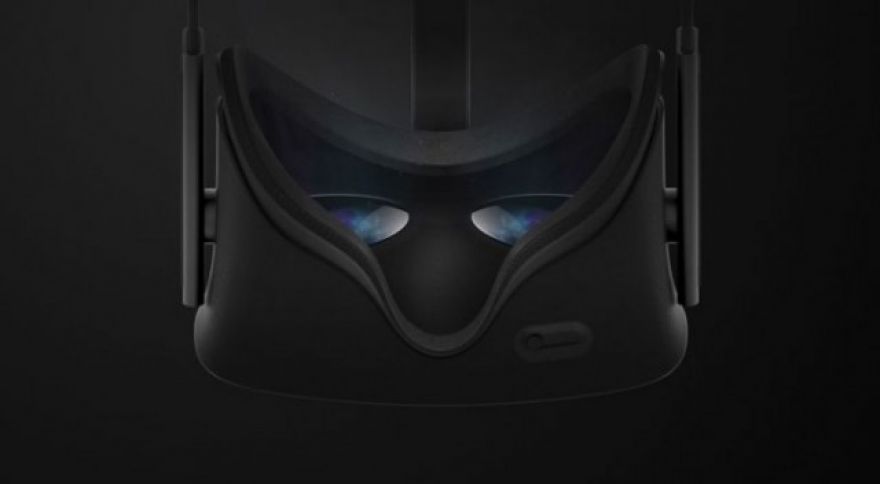
The Oculus Rift’s formal PC requirements are a doozy
Share This article
Ever since Oculus launched the Rift’s Kickstarter, there’ve been questions about what kind of PC hardware would be required to drive the experience. Oculus has long been coy on the details. But as of today, it’s finally — and the requirements are fairly high. According to the company, you’ll need the following if you want to
- NVIDIA GTX 970 / AMD 290 equivalent or greater
- Intel i5-4590 equivalent or greater
- 8GB+ RAM
- Compatible HDMI 1.3 video output
- 2x USB 3.0 ports
- Windows 7 SP1 or newer
According to a new by Chief Architect Atman Binstock, these choices were made because the Rift requires far more firepower than a conventional gaming system. A normal 1920×1080 game running at 60Hz requires 124 million shaded pixels per second. In contrast, the Rift, which runs at 2160×1200 at 90Hz refresh rates, requires 233 million pixels per second. The Rift’s default eye-target scale is apparently even higher, requiring 400 million pixels per second.
There’s another critical reason why the Rift has high frame targets — nausea. Research has shown that high frame rates are absolutely essential to avoiding nausea and flicker — at lower rates, people become seasick. Minimizing motion-to-photon latency is critical, but this technique doesn’t necessarily map well to modern GPUs, which have tended to emphasize deep pipelines and maximum throughput.
Thus, the minimum specs for the have been pegged to relatively high settings. Unfortunately, the need for these settings raises yet further questions. One obvious one is this: While a GTX 970 can maintain 60 FPS or more in most 1920×1080 titles, the 2160×1200 resolution used by the Rift and the higher levels of pixel pushing power raises the question of whether Rift owners will be able to game at top detail. It’s entirely possible that using the Oculus system will require changing other detail settings. It’s also not clear if the R9 290 and GTX 970 will be the appropriate minimum cards as we move further into this console generation. As detail levels ratchet up, we may see more games requiring lower detail levels to run smoothly on the Rift.
The final issue I wish Oculus had spoken to is whether CPUs are capable of feeding the Oculus Rift and maintaining top frame rates. At present, the FX family is often somewhat slower than top Intel solutions, though this depends on the game and the relevant detail levels. The reason I’m concerned about this issue is because the Oculus Rift requires extremely low latency to work properly, and low-latency communication is one of the weakest links in AMD’s Bulldozer-derived CPU family. While AMD has improved the situation over the last few years, Kaveri and Piledriver have much higher cache latencies than their Intel counterparts.
We’ll have to wait for benchmarks and shipping hardware, neither of which are expected until 2016. But it’s looking like Oculus VR will require a substantial hardware investment — more than many enthusiasts were hoping. There’s no word yet on whether older designs in multi-GPU configurations or cards like Nvidia’s Titan / Titan Black will be suitable despite having older architectures.